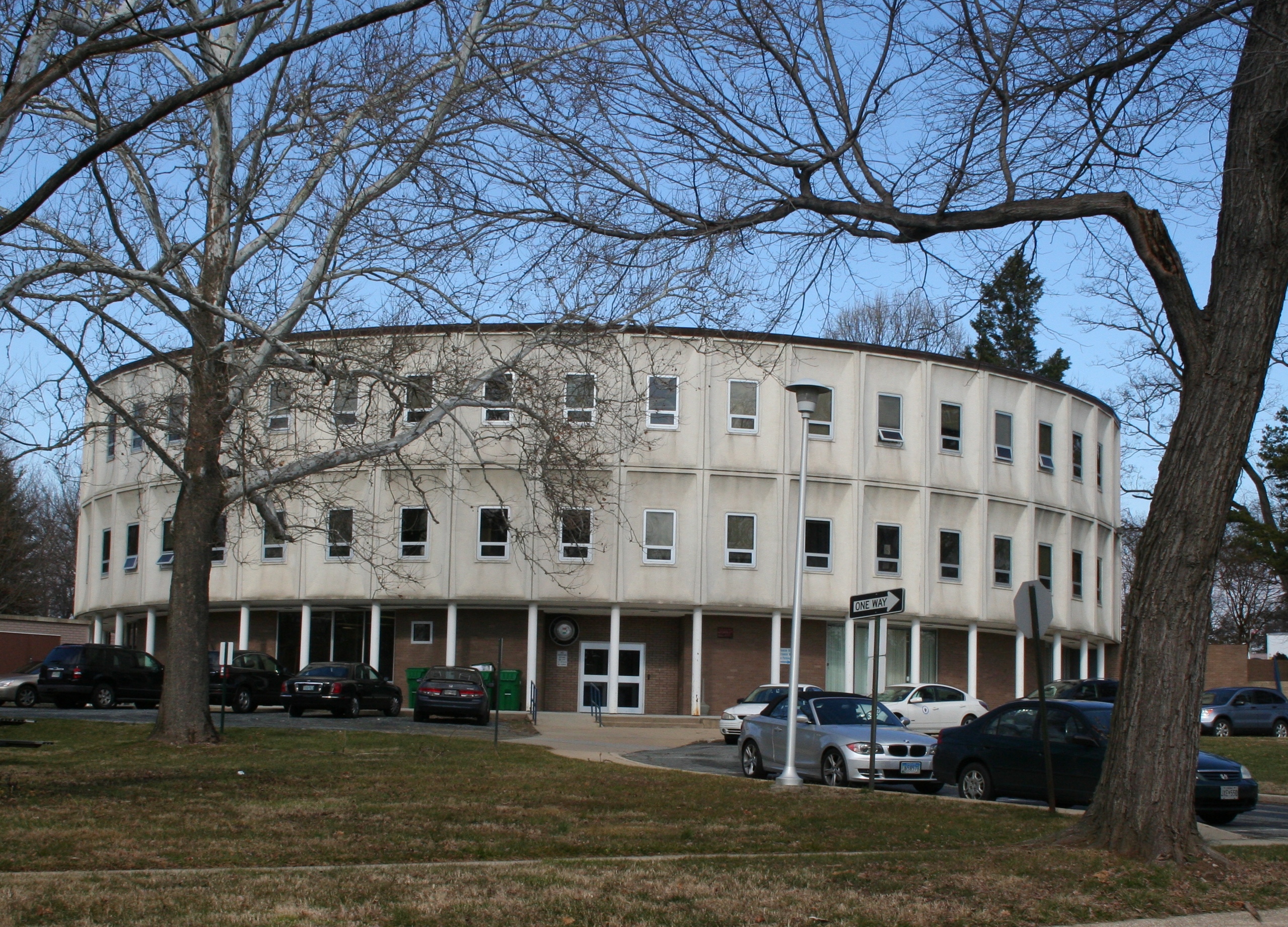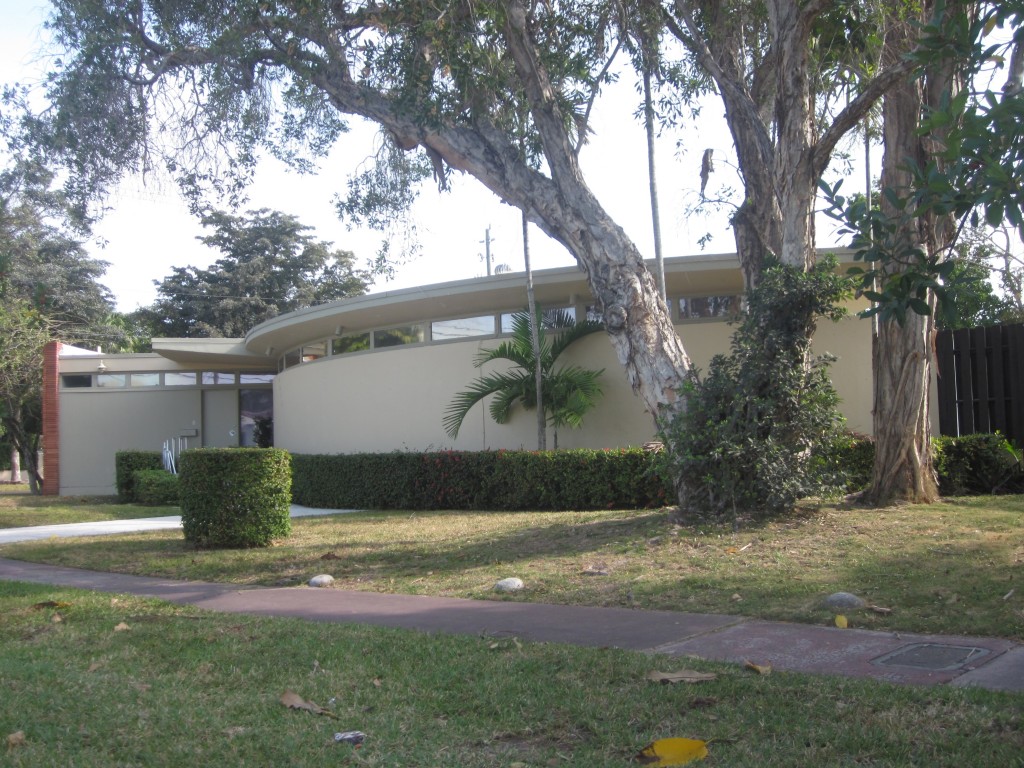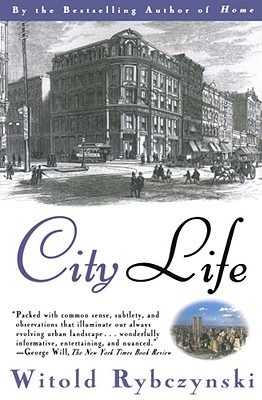
It’s not news that the suburbs are changing. Mom works, Dad may be at home, and kids, when they’re not strapped into their car seats, are scheduled to the max.
But there are other changes as well, as documented in this Washington Post interactive map tracking racial changes in the ‘burbs. The map allows you to see the mix of people in the region as well as in various census tracts.
It also shows change since 1990, and not surprisingly, some places change very little. The quick pattern I see is that most tracts are less exclusively white than they used to be, but overall patterns in the region are the same.
As the Post points out, it’s still … Continue reading



